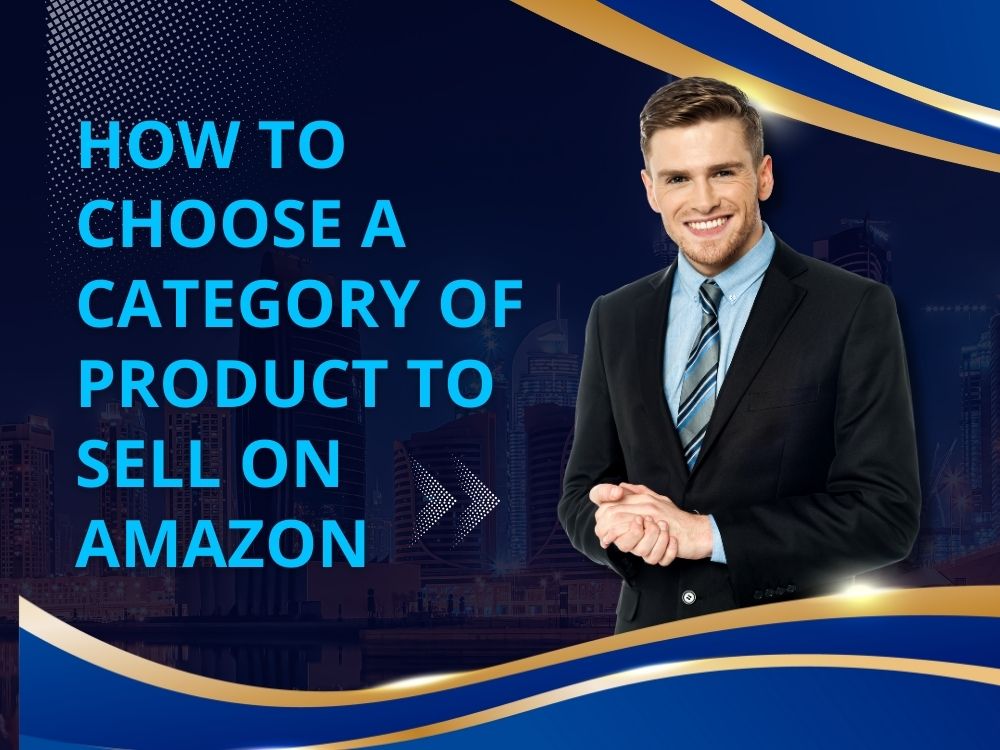Introduction
In the vast and ever-evolving landscape of e-commerce, choosing the right category of products to sell on Amazon can make or break your business. In this guide, we will walk you through the essential steps to help you make an informed decision and maximize your success on the world’s largest online marketplace.
Understanding Market Trends
Researching Market Demand
Before diving into the Amazon marketplace, it’s crucial to conduct thorough research on current market trends. Identify trending products that align with your interests and expertise. Utilize Amazon’s robust tools like Amazon Best Sellers and Google Trends to analyze the demand for various categories.
Niche Identification
While popular categories attract a larger audience, consider carving out a niche for yourself. Find a balance between demand and competition. A niche market can provide opportunities for less saturated competition and higher profit margins.
Analyzing Competition
Competitor Landscape
Take a deep dive into your potential competitors. Use tools like Jungle Scout and Helium 10 to analyze their product offerings, pricing strategies, and customer reviews. Understanding your competition allows you to position your products uniquely in the market.
Differentiation Strategies
Stand out from the crowd by identifying unique selling propositions (USPs) for your products. Whether it’s through superior quality, innovative features, or exceptional customer service, highlight what sets you apart.
Leveraging Amazon Tools
Amazon Seller Central Insights
Amazon provides valuable insights through its Seller Central platform. Utilize features like Amazon Analytics to track product performance, monitor customer behavior, and optimize your listings accordingly. These insights will help you fine-tune your strategy for maximum impact.
Fulfillment by Amazon (FBA)
Consider leveraging Fulfillment by Amazon (FBA) for hassle-free order fulfillment. This service allows you to store your products in Amazon’s fulfillment centers, enabling quick and efficient shipping to customers. FBA not only improves customer satisfaction but also boosts your products’ visibility in Amazon’s search algorithm.
Optimizing Product Listings
Keyword Research
Crafting compelling product listings begins with thorough keyword research. Identify relevant keywords using tools like MerchantWords and seamlessly integrate them into your product titles, descriptions, and backend search terms. This ensures your products are discoverable by potential customers.
High-Quality Visuals
Invest in professional product photography to showcase your items in the best light possible. High-quality visuals not only enhance your product listings but also instill confidence in potential buyers, increasing the likelihood of conversion.
Establishing a Pricing Strategy
Competitive Pricing
Price your products competitively based on market research. Consider factors such as production costs, competitor pricing, and perceived value. Striking the right balance ensures your products remain attractive to customers while maintaining healthy profit margins.
Dynamic Pricing
Embrace dynamic pricing strategies, especially if you have a wide range of products. Tools like RepricerExpress can help you automatically adjust prices based on market fluctuations, ensuring you stay competitive in real-time.
Building a Brand Presence
Branding Consistency
Consistency is key when building a brand on Amazon. Ensure your branding elements, including logos, colors, and messaging, are consistent across all product listings. A cohesive brand presence fosters trust and recognition among customers.
Customer Engagement
Actively engage with your customers through Amazon’s messaging system. Respond promptly to inquiries, address concerns, and encourage positive reviews. Building positive relationships with customers not only improves your seller rating but also boosts your products’ visibility in Amazon’s search results.
Conclusion
In the dynamic world of Amazon e-commerce, choosing the right category of products requires a strategic approach. By understanding market trends, analyzing competition, leveraging Amazon tools, optimizing product listings, establishing a pricing strategy, and building a brand presence, you can position your business for success.

